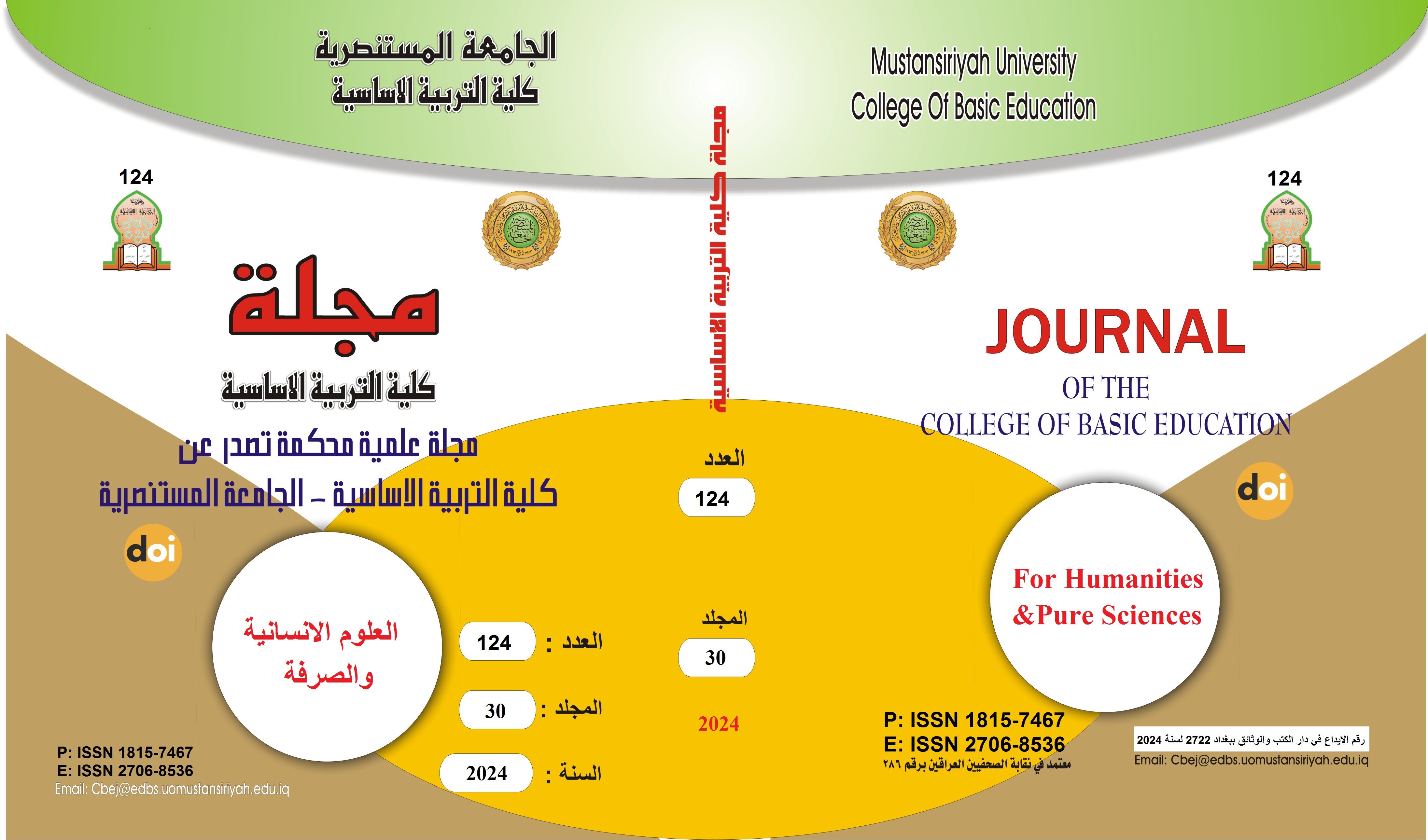Navigating The Cloud: Enhancing Human-Robot Collaboration In Industry 4.0 Through Digital Twins And Cloud-Based Systems
Main Article Content
Abstract
Industry 4.0 Is Geared Towards Establishing Sophisticated Industrial Ecosystems That Necessitate Secure And Efficient Collaboration Between Humans And Robots, Termed Human-Robot Collaboration (HRC). Within This Framework, HRC Leverages Cutting-Edge Collision Avoidance Technology Capable Of Detecting Objects And Foreseeing Possible Collisions, Thereby Calculating Alternative Pathways To Avert Any Direct Contact. Furthermore, The Concept Of Digital Twins Emerges As An Innovative Solution, Offering A Platform To Simultaneously Evaluate The Consequences Of Various Control Strategies Within A Digitally Simulated Environment. While Cloud Computing Infrastructure Can Furnish The Requisite Computational Prowess, It May Simultaneously Introduce Challenges Such As Increased Latency And Variability In Communication, Known As Jitter, Which Could Potentially Hinder System Performance. Cloud Technologies Are Renowned For Their Inventive Approaches To Ease The Workload For Software Developers And System Operators, Raising Questions About Their Integration With Digital Twin Methodologies And The Resilience Of Robotic Systems Against The Potential Delays Incurred From Cloud-Based Services. This Research Endeavors To Navigate These Complexities By Integrating A Blend Of Both Public And Private Cloud Services, Which Are Distinguished By Their Unique Parallel Processing Capabilities. This Study's Contributions Are Threefold. Firstly, It Introduces A Novel Method Designed To Gauge The Efficacy Of Diverse Strategies By Focusing On Their Associated Latency Impacts. Secondly, It Delineates A Tangible Application Of HRC, Illuminating Its Practical Benefits And Real-World Applicability. Lastly, It Defines A Crucial Performance Metric Intended To Assess The Efficiency Of These Systems Thoroughly. By Delving Into These Aspects, The Research Aims To Conduct A Comprehensive Analysis Of The Strengths And Weaknesses Inherent In Various Technological Methodologies And Their Consequential Effects On The Performance Of HRC Systems Within The Ambit Of Industry 4.0. Through This Detailed Examination, The Study Seeks To Provide Valuable Insights Into Optimizing Human-Robot Collaboration In Industrial Settings, Ensuring Both Security And Efficiency Are Upheld
Article Details

This work is licensed under a Creative Commons Attribution-ShareAlike 4.0 International License.
